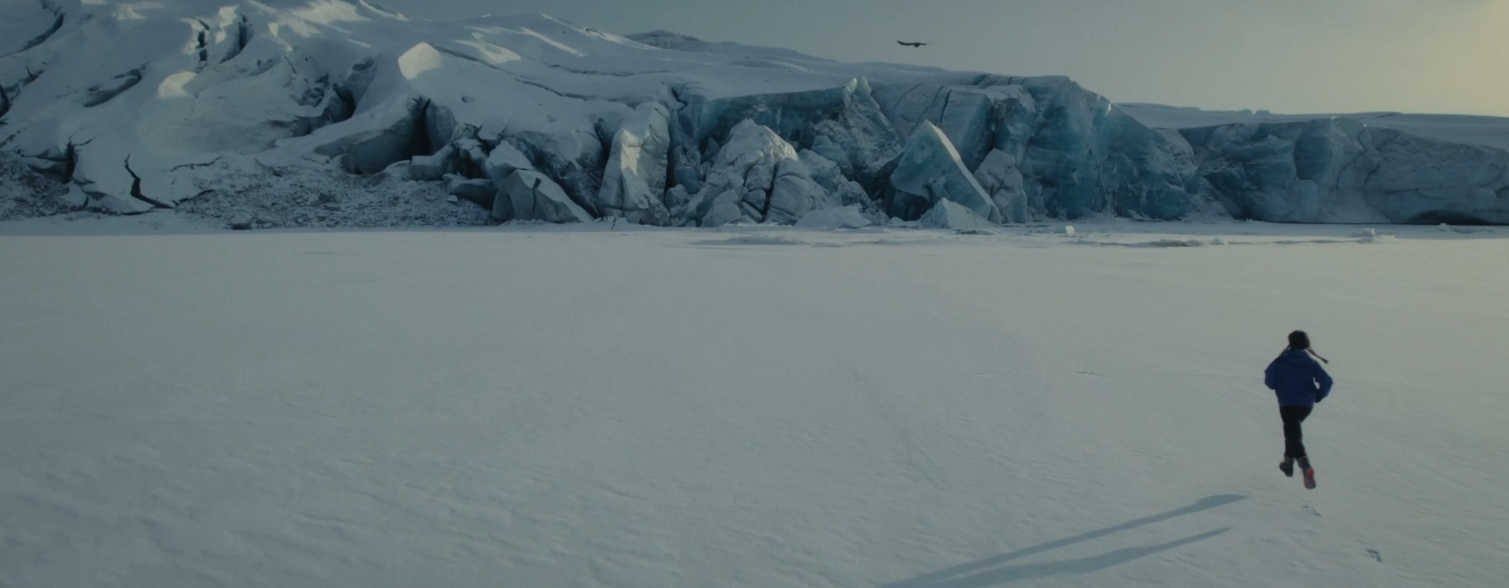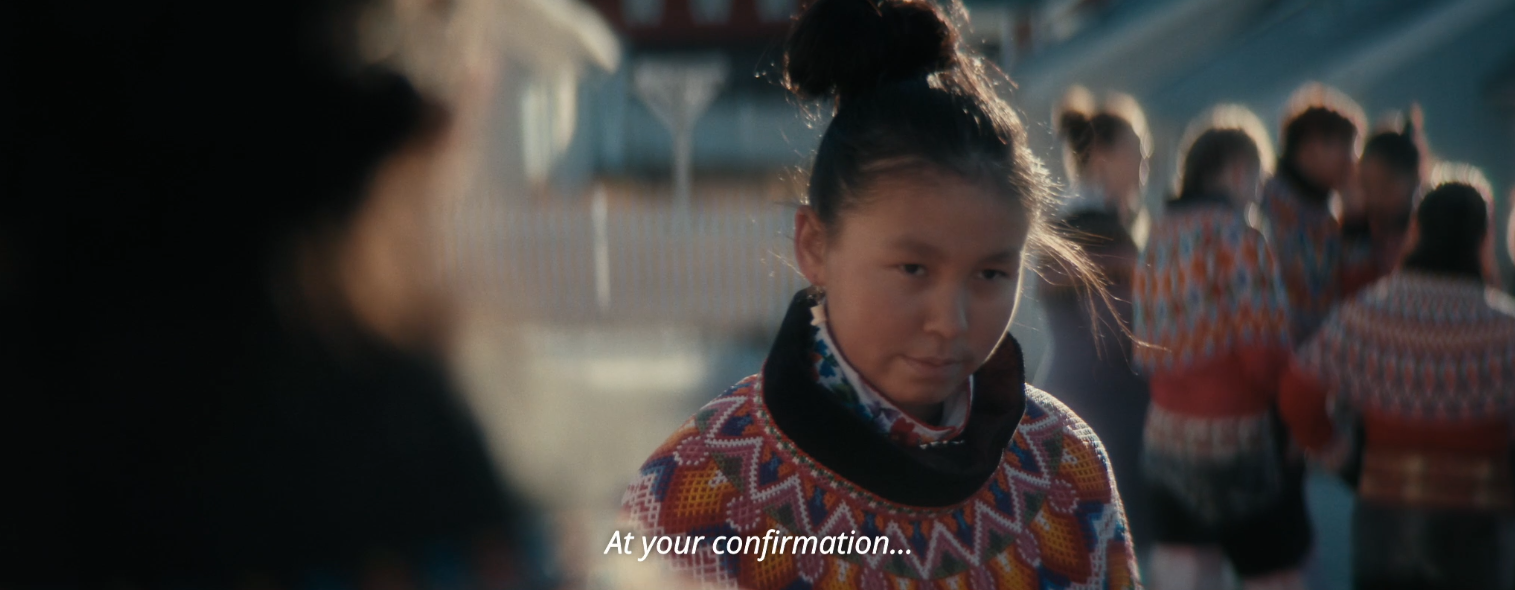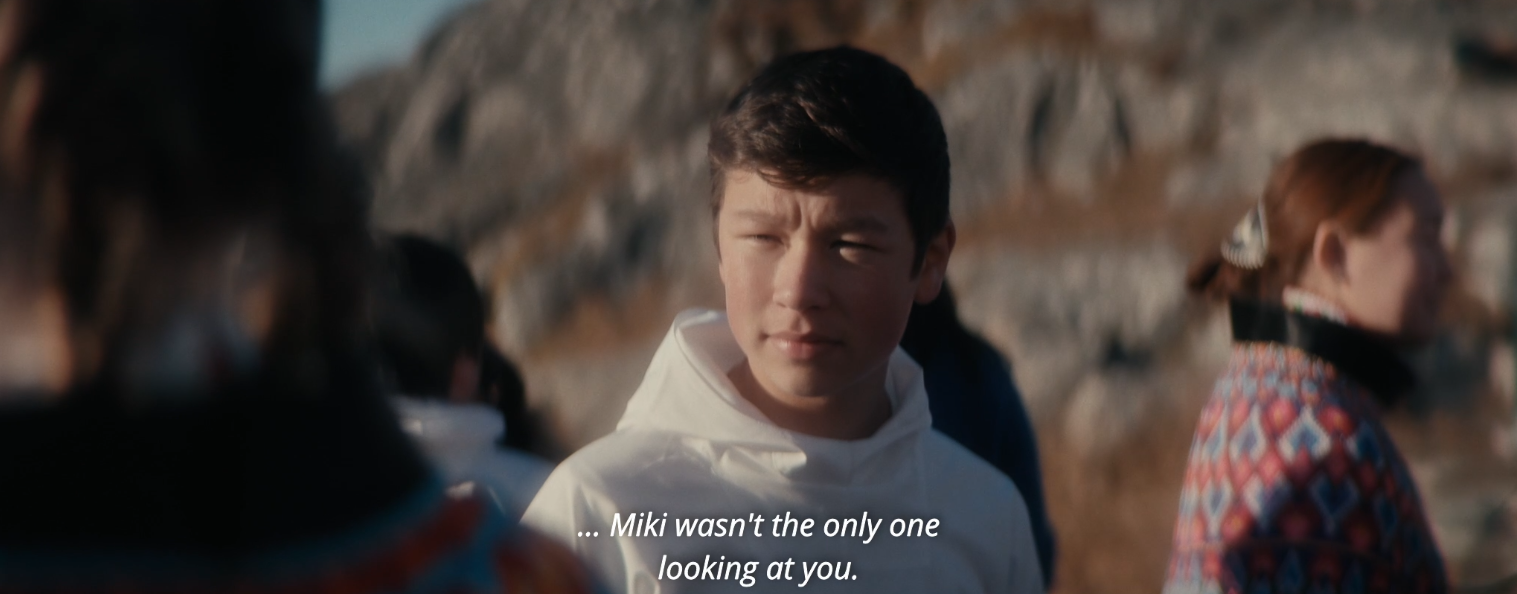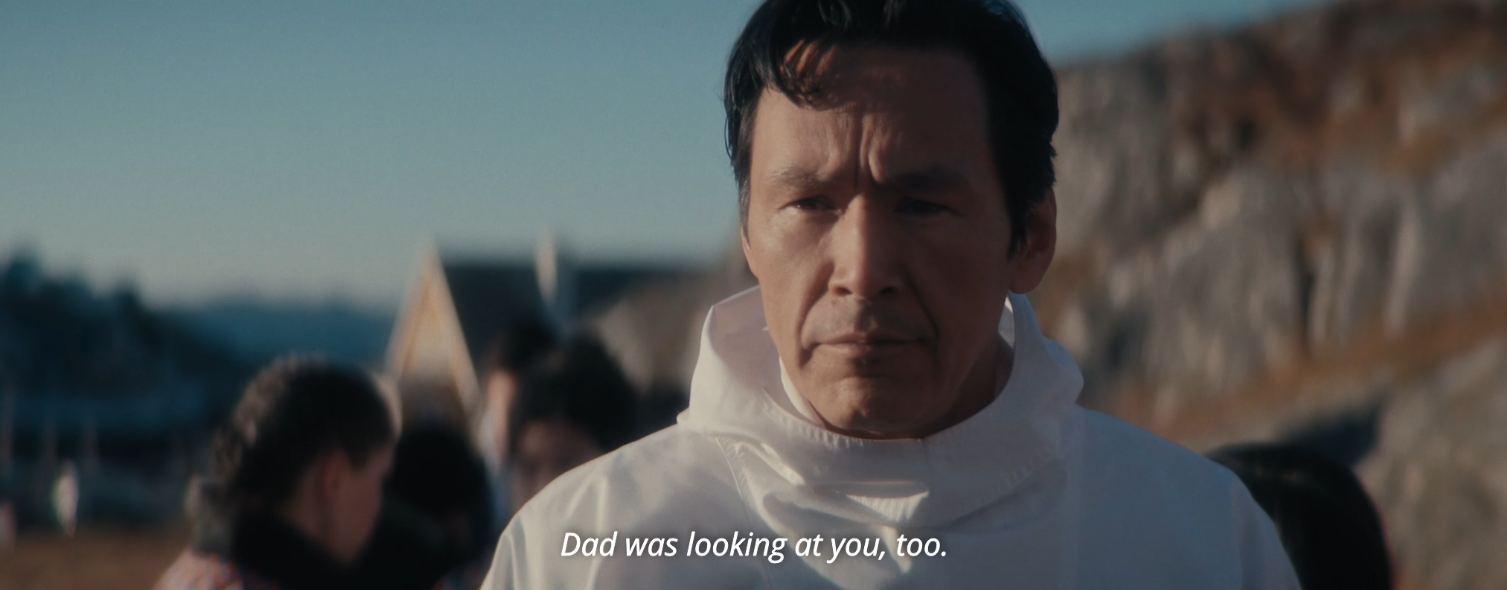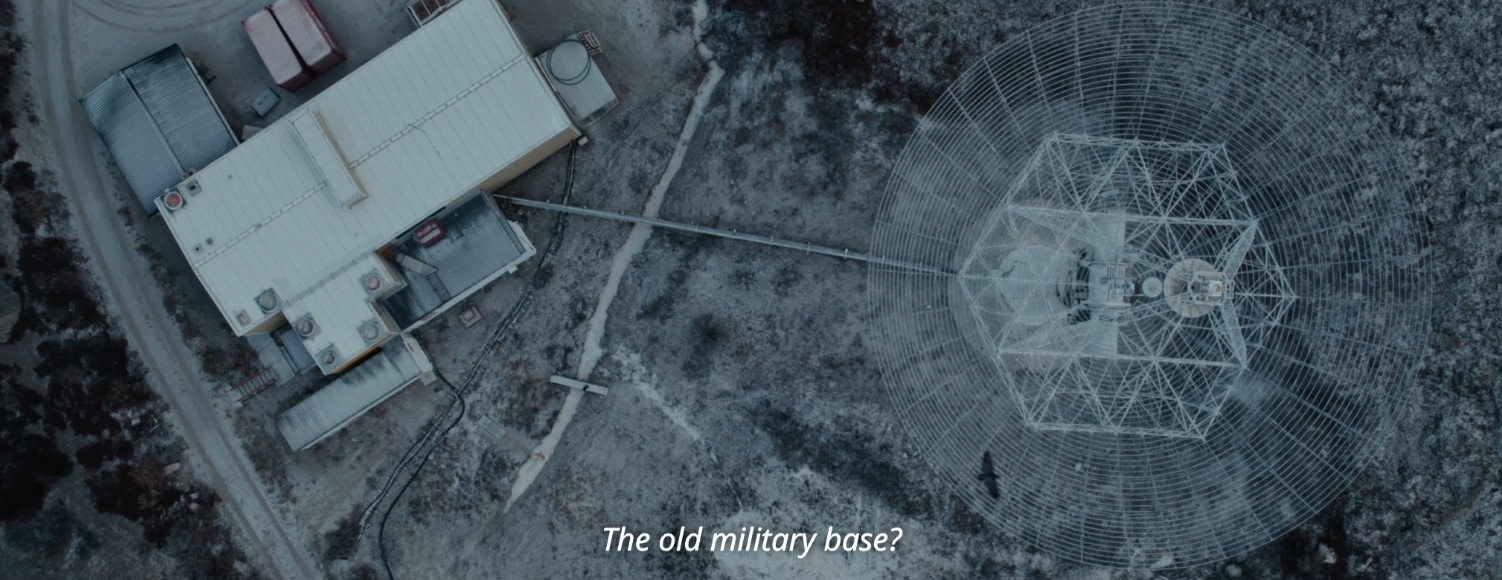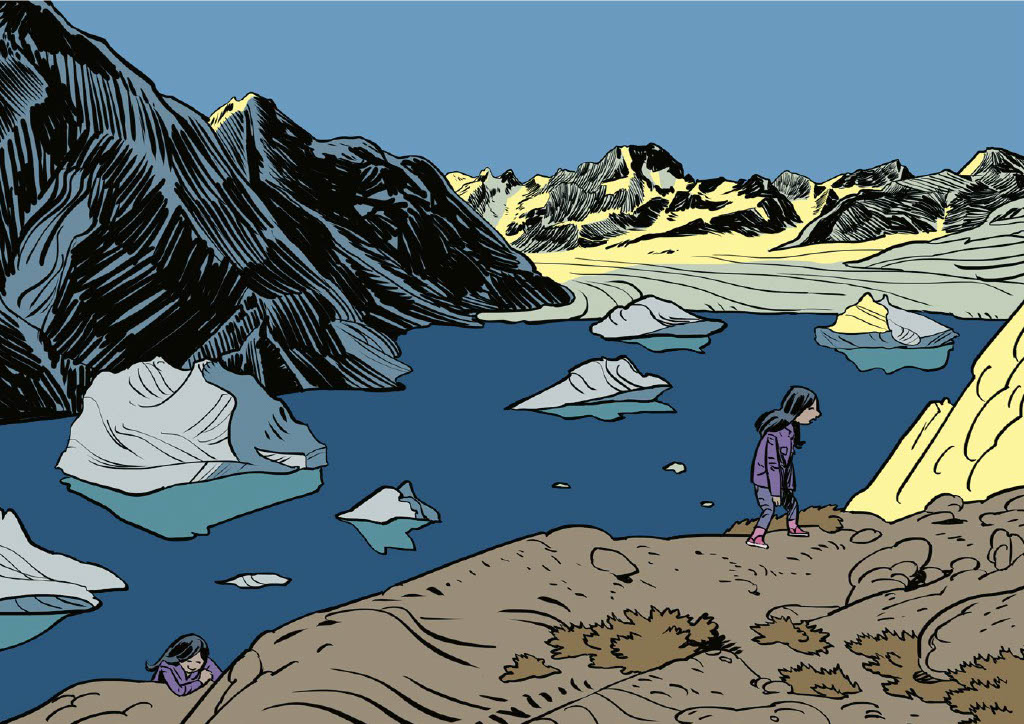The Academy Awards kick off this weekend, and one nominee serves as a reminder that comic book adaptations don’t entirely revolve around superheroes. I’m referring to the Danish film Ivalu, currently available for streaming on Vimeo. But this particular adaptation comes from a Danish-language comic that has yet to be translated to English, even though French and Swedish versions have been published, and a Spanish version has already been announced. It naturally begs the question: why isn’t the Ivalu graphic novel available in English, despite such a boon to its visibility?
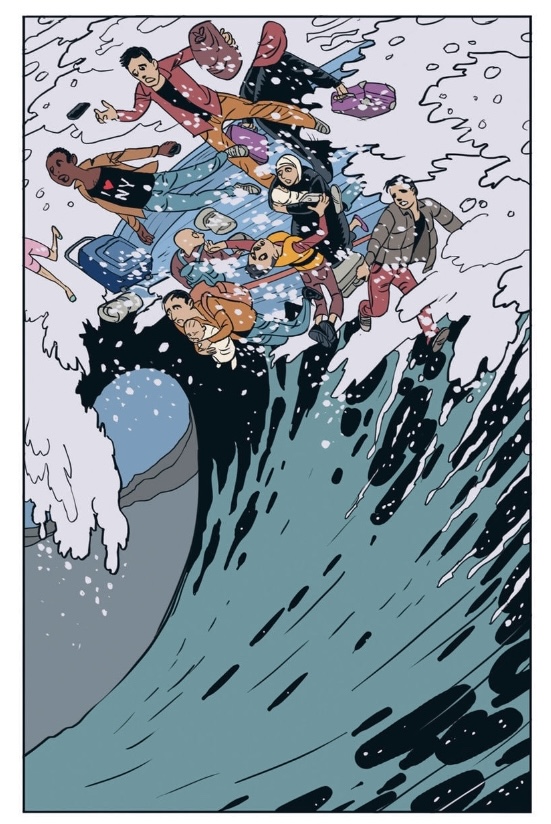
Well, the first thing to understand about Ivalu is that it’s actually the second in a series of books from writer Morten Dürr and artist Lars Horneman "about children’s rights around the world." Their first collaboration, Zenobia (2016), has a more straightforwardly appealing premise to international readers. The title refers to the famous historical queen of Zenobia, though the main character is Amina, a little Syrian girl turned refugee whose life flashes before her eyes before as she drowns. “Appealing” is perhaps not the best word to use here - Zenobia is (or at least was) more relevant due to the then-common news coverage of the war in Syria. Aesthetically, Horneman contrasts the bleakness of the story with very bright and cheerful, even optimistic artwork, reminiscent of a children’s book. It was perhaps a combination of all these qualities that led to Zenobia being published in English by Seven Stories Press' Triangle Square imprint in 2018.

The Ivalu comic (2019) may be a bit of a harder sell to English-language publishers, because it deals with a much more regional issue, one which hardly anyone in the English-language world can be expected to be familiar with unless they’re a fan of the Danish Netflix series Borgen. As is the case with Zenobia, the title character is not the protagonist, but rather someone who lingers deep in the protagonist’s thoughts. Pipaluk is a girl in Greenland who’s introduced getting dressed in traditional clothes for a visit from the Queen of Denmark; technically, Denmark still rules Greenland, even though Greenland is considered a self-governing autonomous country.
This political angle is not what I’m referring to, though. Greenland is infamous for having problems with poverty and alcoholism, and this is where Ivalu comes up with its own bleak ironic contrast between story and imagery. Ivalu is Pipaluk’s sister, who ran away from home. Pipaluk has to wear Ivalu’s traditional outfit for the queen’s visit, their father having sold her own outfit some time ago. Admittedly, it was too small for her, but we eventually find out that their father is not as sympathetic a character as this reasonable-sounding motivation may imply.
The Ivalu short film significantly changes this family dynamic. The reason why Ivalu ran away is kept very deliberately vague in the film. To keep Greenlandic families from seeming too dysfunctional, a grandmother character is added to provide a more positive image of traditional culture. But these elements aren’t quite as critical to the story as I’ve been making them sound so far. The bulk of both the graphic novel and the short film sees Pipaluk following a mysterious crow across the Greenlandic countryside in search of her sister. Huge swathes of ice and mud form a vista of known unknowns. Pipaluk is familiar with the area, remembers it well. But to the non-Greenlandic reader of the graphic novel or viewer of the film, all of these images are very new and very different, and contrast sharply with the grim family story.
It’s unusual to see Greenland ever referenced in a visual sense in any context that’s not discussing climate change. The graphic novel is surprisingly restrained on that topic, with the main man-made pollution of note being a long-abandoned military base that has poisoned the nearby soil. Director Anders Walter has some experience with comics; his sole feature film thus far is an adaptation of Joe Kelly's and Ken Niimura's I Kill Giants from 2017. To the Academy, he is probably better known as the director of Helium, which won Best Live Action Short Film in 2014. Walter and his team made the most of his reputation by getting on this year's final ballot, and Ivalu was certainly the right story to try it with. He and producers Rebecca Pruzan & Kim Magnusson also managed to ameliorate potential accusations of cultural appropriation by being sure to work with a Greenlandic crew, which was the only way they were going to film those vistas anyway. The cast, obviously, had to be Greenlandic in any case.
Regardless of what happens at the Oscars, the graphic novel version of Ivalu is still worth reading - even if only as a comparison piece, significantly expanding the scope of the now better-known short film. To be honest, I don’t think I really “got” the short film until I read the graphic novel, just because of so much that was left unsaid. I was fortunate enough to be provided with an informal English translation by Morten Dürr, parts of which can be read online. I can only hope a deal will be struck soon to give Ivalu an official release. It’s a unique enough story about a far-off world with unfortunate similarities to ones that kids everywhere know all too well.



